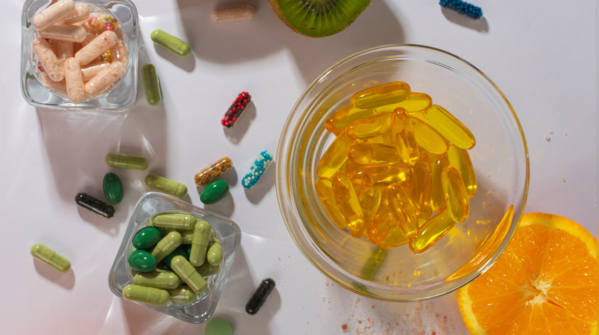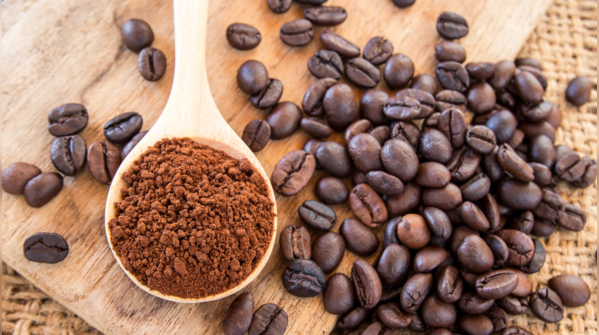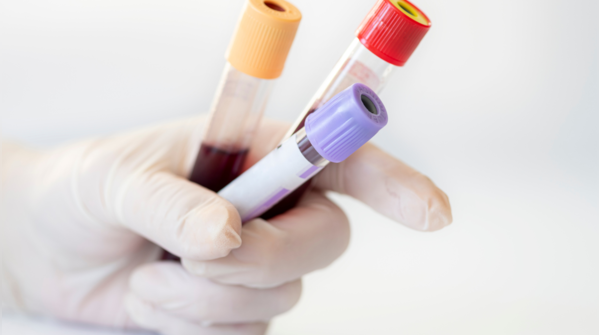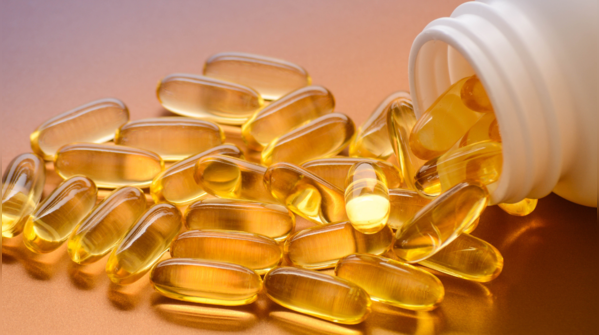
1/8
How to consume vitamin D pill the right way
Vitamin D—also known as the sunshine vitamin—is important for bone health, immunity, mood, and even hormonal balance. But here’s the thing: just popping a pill every morning doesn't always do the trick.
Many people take Vitamin D supplements religiously, but still end up with low levels. That’s because several little-known habits and conditions affect how well this vitamin gets absorbed and used in the body. It’s not just about taking the pill—it’s about helping the body make the most of it.
Here are 7 smart ways to make vitamin D supplements actually work better.

2/8
Don’t skip healthy fats with the pill
When vitamin D is taken on an empty stomach or with low-fat meals, absorption can drop significantly. In fact, a study found that people who took Vitamin D with a fat-rich meal absorbed 32% more than those who took it without fat.
A good practice? Pair the supplement with healthy fats like avocado, nuts, ghee, or even a spoon of peanut butter.

3/8
Timing matters
Taking vitamin D in the morning, especially near natural sunlight, supports its metabolism better. That’s because early sunlight helps trigger enzymes in the liver and kidneys that convert the supplement into its active form. Combining the pill with even 10 minutes of sunlight can act like a catalyst, giving the supplement a natural push.
Pro tip: Sit near a sunny window or go for a short walk right after the dose.

4/8
Add magnesium
Magnesium is needed to activate Vitamin D in the body. A study pointed out that people low in magnesium don’t benefit fully from Vitamin D—even if their dosage is perfect. Without magnesium, Vitamin D remains inactive.
Simple fix? Include magnesium-rich foods like bananas, almonds, and spinach, or consider a separate supplement if required.

5/8
Beware of caffeine and high-fiber right after
Caffeine may increase calcium excretion, which works closely with Vitamin D. Similarly, large amounts of fibre (especially bran or psyllium husk) can bind to fat-soluble vitamins and reduce absorption.
Better to keep a gap of 1-2 hours between the Vitamin D pill and the next cup of coffee or high-fibre meal.

6/8
Test levels every few months
Genetics, gut health, and even age affect how much Vitamin D is needed. Some bodies don’t convert the supplement into the active form efficiently. In others, absorption through the gut is compromised. Testing levels every 4-6 months ensures that the dosage is actually doing what it’s supposed to do.
This helps tailor the dose, instead of assuming one-size-fits-all.

7/8
Watch out for gut health
A healthy gut lining is essential for Vitamin D absorption. Conditions like IBS, celiac disease, or even chronic bloating can interfere with nutrient uptake. Vitamin D, being fat-soluble, depends on proper bile flow and enzyme activity from the intestines. A sluggish or inflamed gut might be silently sabotaging the supplement.
Fermented foods, probiotics, and fiber diversity can help strengthen the gut and, in turn, boost Vitamin D effectiveness.

8/8
High doses aren’t always better
The body doesn't always absorb megadoses and might even waste the extra. Research suggests that small, daily doses (1,000–2,000 IU) are absorbed more consistently than large weekly or monthly doses unless prescribed for deficiency treatment. Overshooting can cause calcium buildup and other side effects.
Low and consistent is the key to letting the body actually use the vitamin properly.
Follow Us On Social Media

 17 hours ago
35
17 hours ago
35




























 English (US)
English (US)